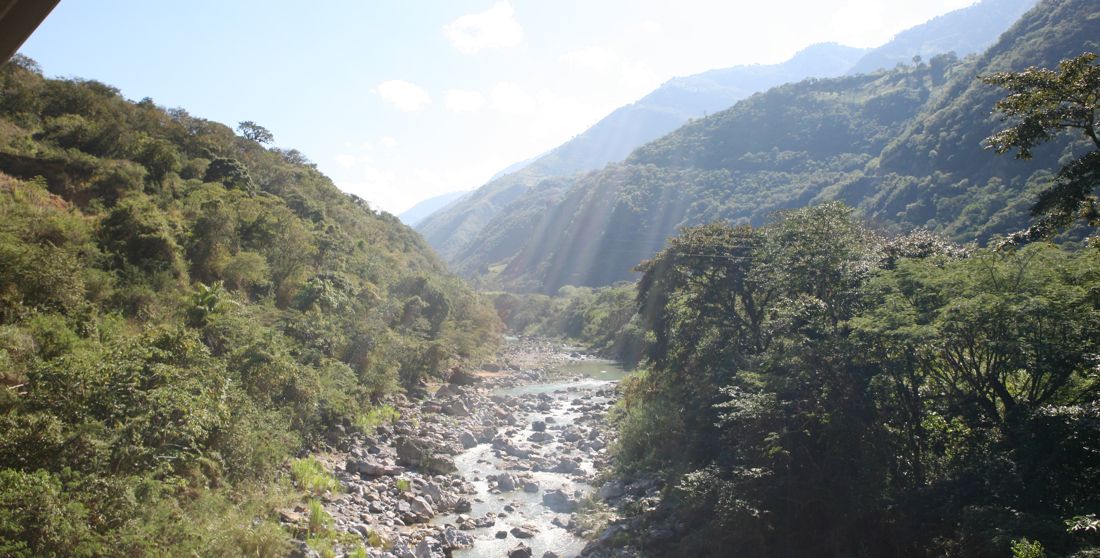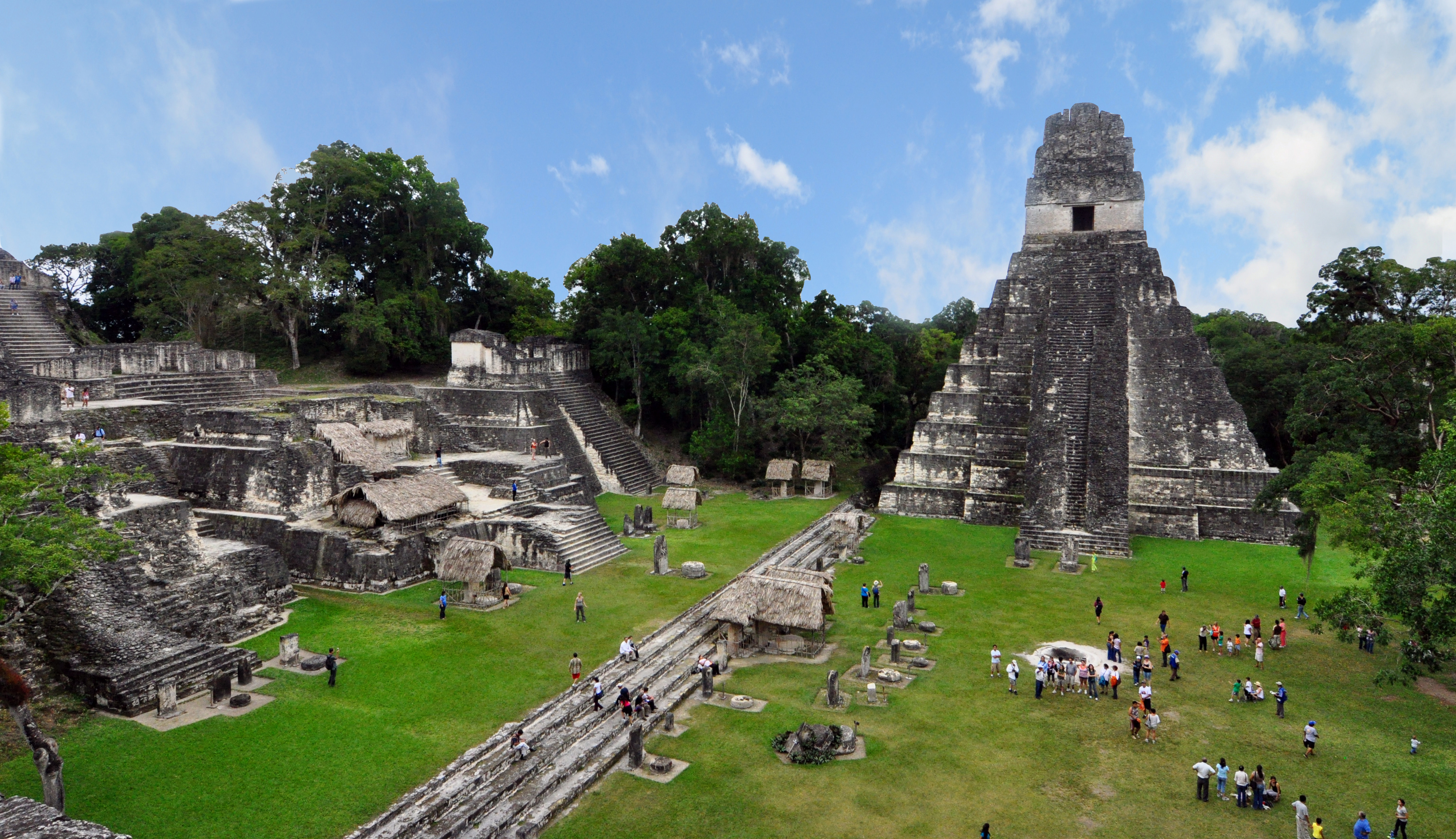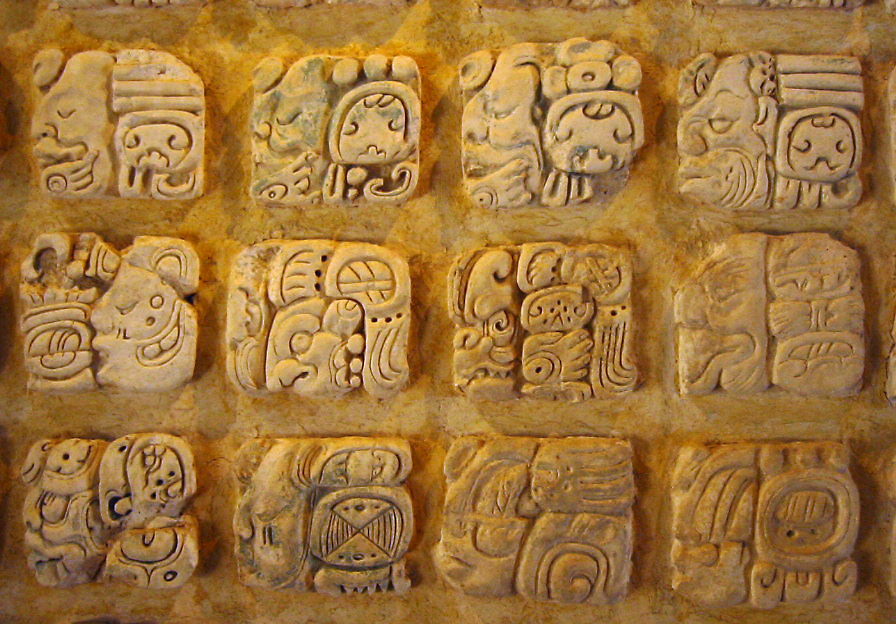Years ago,
a family from Guatemala moved to our area and started attending our
church. This past Easter, we went
back to attend Easter service with my parents, and they had come as well. At that time, I had just finished
cooking food from El Salvador not too long before that, and we talked about how
Guatemala makes similar dishes, but with their own flair, of course. I love the moments when get to I talk
to people about food. And not just food, but food they love. When people share
their tips and their variations and their shortcuts (like, they told me I can
just buy curtido in the Mexican supermarkets, and sure enough, I found it), you
get a glimpse of what makes people happy, their childhood, and how families
function in general (Who does the cooking? Who does the buying? How do people
interact when talking about food and meals?). It’s not just food: it’s life.
Guatemala
is located in Central America, surrounded by Mexico to the north and west,
Belize and the Caribbean Sea to the east, Honduras and El Salvador to the southeast, and the Pacific
Ocean to the southwest. Guatemala’s
landscape varies widely. It is
fairly mountainous but also has desert, coastal, and forested areas as well. Guatemala has several volcanoes with a
few of them active, so it also is subject to earthquakes as well. Although the
country lies in the tropics, many areas in the mountains have a fairly
temperate climate.
The name
Guatemala comes from the Nahuatl, meaning “place of many trees.” It’s thought that it may also have come
from other local languages as well, meaning “land of the eagle” or “mountain
where water gushes.”
Archaeological
evidence shows people have been in this are from 12,000-18,000 BC. One of the earliest civilizations here
were the Mayans. They built a ton of cities throughout Guatemala, southern
Mexico, and other surrounding areas, although they’re known for their large
temples. The largest concentration
of Mayan cities was centralized around Petén. The Spanish conquistador Hernán Cortés moved into the area
around 1519 and claimed it for Spain.
The capital was moved to Antigua Guatemala and later moved again after
it was destroyed in several earthquakes. Guatemala declared its independence
from Spain in September 1821. It
later joined the short-lived Central American Federation. After this dissolved, Guatemala went
through a period of different dictators, each with their own ideas and customs
they introduced to the country, and each overthrown by the next dictator. During the 1950s, land reform was at
the heart of an international incident when the US-based United Fruit Company
risked losing acreage in an attempt to break up some of the large-tract farms
so anyone could have a chance to own land. They threw the election so the
candidate they wanted would win and overturned the ruling. The 1970s and 1980s
brought a lot of guerilla warfare and fighting in both urban and rural areas
with the Guatemalan Civil War ending in 1996.
The
capital is Guatemala City, or just simply called Guatemala by the locals, or
even Guate. It’s not only the largest city in the country, but with 4.1 million
people in the metro area, it also makes it the most populous in all of Central
America. Every bit a modern city,
Guatemala City boasts universities, shopping from bargain to upscale, theatres,
museums, and major sporting events.
While
Guatemala has the largest economy of the Central American countries, there is
still a steep income gap. It’s been estimated that over half of Guatemalans
live in poverty. Many Guatemalans were lucky enough to leave the country during
the Civil War, and they have chosen to stay and send money back home. Guatemala has a largely agricultural-
and textiles-based economy, exporting fruits, vegetables, cloth, and raw
materials for biofuels such as palm oil and sugar cane. They also mine a
significant amount of nickel, zinc, gold, silver, and cobalt. Guatemala is also
party to free trade agreements with several agreements.
Historically,
Roman Catholicism has had a strong hold in Guatemala, but about a third of the
population consider themselves Protestant these days. Mayan religious practices
are protected, and many Mayans joined the National Evangelical Presbyterian
Church of Guatemala where they incorporated many of the traditional Mayan rites
into their practices. Guatemala also has small pockets of Jewish, Muslim, and
Buddhist practitioners.
Spanish
serves as the official language for government and education, and most people
speak it as a first or second language. However, there are 21 Mayan languages
spoken in Guatemala and two non-Mayan languages (Xinca and Garifuna) that are
used as vernacular or local languages.
Are you a
chocoholic like me? Well, we have the Ancient Mayans to thank. They were the
first ones to create chocolate as we know it. The Guatemalan currency, the
Quetzel, is named after a beautiful endangered bird whose feathers used to be
used as currency by the Ancient Mayans. It’s been credited to the Ancient
Mayans for coming up with the mathematical concept of zero as well, which is
where my bank account hovers over most of the time. We often think of the
importance of jade in Chinese culture, but Guatemala is the world’s leading
producer of jade. And since I’m totally a jeans and T-shirt kind of girl, I can
thank Guatemala for coming up with blue denim. Chocolate, jeans, and jade? I
believe this is my kind of country.
Up next:
art and literature








No comments:
Post a Comment